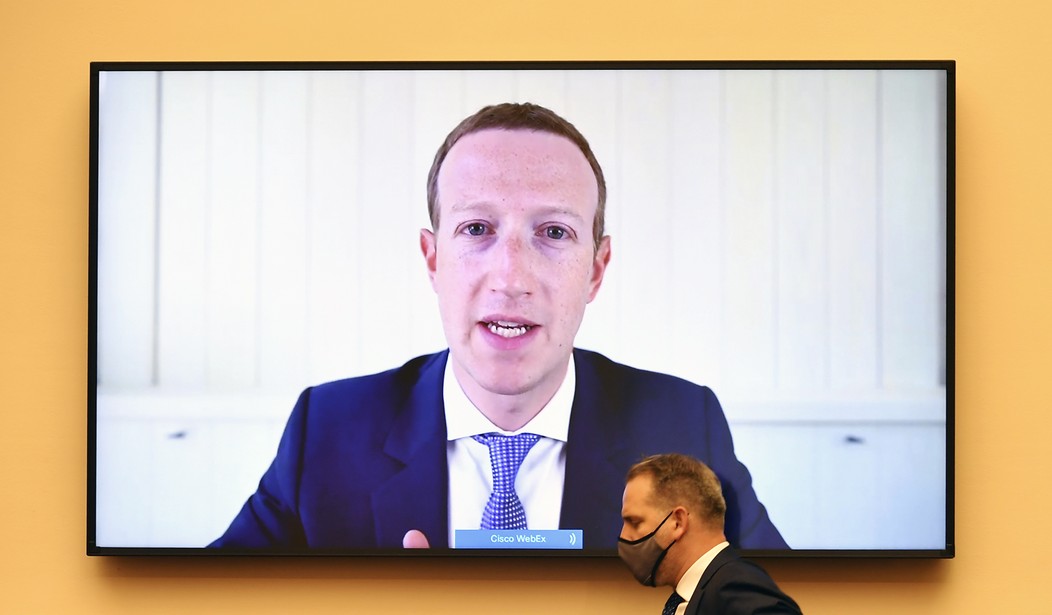Imagine a world in which PJ Media, Instapundit—what is sometimes called alternative journalism—never existed. Would there be a largely seamless, superficially predictable place where white and black hats in stories are assigned by editorial boards from the outset? Or would it be something grimmer, what Mark Zuckerberg calls the “metaverse”?
Mark Zuckerberg says he has long imagined a virtual world where people work, play and interact. Now he’s preparing to spend billions of dollars and years of effort at making that a reality so Facebook Inc. can prosper. …
Facebook’s chief executive has become one of the most vocal proponents of online worlds where people exist in immersive, virtual and shared spaces—increasingly referred to as the metaverse. Rooted in science-fiction novels like “Ready Player One” and “Snow Crash,” the metaverse represents a digital reality where people playing through avatars would be able to attend concerts with friends or try on clothes in stores, just as they would offline, out in the real world. In some visions, they cut across technology platforms.
“Over the next decade, these new platforms are going to start to unlock the kinds of experiences that I’ve wanted to build since before I even started Facebook,” Mr. Zuckerberg said Monday on an earnings call.
As early as 2011 the New York Times recognized that Big Tech’s then-inchoate threat was an existential danger. “In 2011, the Times erected a paywall in what it called a ‘subscription-first business model.’” Its purpose was not only to allow the NYT to raise more data but, much more importantly, to keep and control its own data.
In May 2020, the paper announced it would no longer use third-party marketing data because it just didn’t need third parties anymore. The Times now holds enough first-party data (on age, generation, educational and marital status, interests, business industry and level, income, and assets) to sell it directly to advertisers.
“By identifying connections between content and emotion, we’ve successfully driven ad engagement 6X more effectively than IAB benchmarks,” the Times’s Advertising website proudly declares. “Brands can target ads to specific articles we predict will evoke particular emotions in our readers,” it pitches. “Brands have the opportunity to target ads to articles we predict will motivate our readers to take a particular action.” As of April 2019, Project Feels had generated 50 ad campaigns, more than 30 million impressions, and strong revenue results.
Without its own data, without its own customer base, the alternative media cannot endure. This brings us to the question of why you—or anyone—should seriously consider becoming a subscribing member of PJ Media. Subscriptions are not only a way of providing financial support to your preferred journalistic brand; they are a way of building community. Subscriptions are a means of ensuring intellectual diversity by ensuring the survival of something other than the Narrative and the Metaverse.
Even though you may want to spend the rest of your virtual life in Zuckerberg’s walled garden—for now—it’s always comforting to know that you have, through PJ Media, an escape pod from the Metaverse.
Join PJ Media today. Use the promo code 2022 for a 40% discount — our largest ever — for this week only.










Join the conversation as a VIP Member